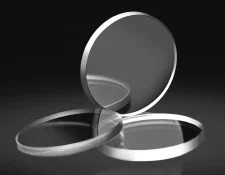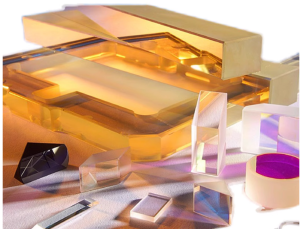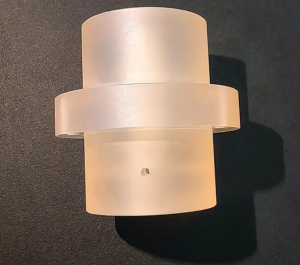The optical components of the filter and optical lenses are made of light glass. Common optical glass can pass light with a wavelength of 0.35m to 2.5um, and light beyond this range will be strongly absorbed by optical glass. Therefore, optical glass made of special unconventional materials will be used to penetrate specific wavebands in the design and production of filters and optical lenses according to the working range of different wavebands.
In modern optical systems, the formation of optical paths relies on the composition of optical refractive elements and optical reflective elements. The optical band range of modern optical systems is very wide, so when we produce filters and lenses, we also choose the optimal optical materials based on different optical bands to design and produce filters and lenses.
So what are the commonly used optical materials for filters and optical lenses?
Hanzhong Borisun Optics will introduce you to some commonly used optical materials, providing you with reference when designing and producing filters and optical lenses.
The list of common optical materials for filters and lenses is as follows
Optical grade glass: Corona glass, flint glass and other colorless optical glass.
Ultraviolet band optical grade glass: UV fused quartz, calcium fluoride, magnesium fluoride, etc
Infrared band optical grade glass: infrared fused quartz, calcium fluoride, magnesium fluoride, gemstone, silicon, germanium, zinc selenide, etc.
Crystal optics grade glass: Iceland spar, Yvo4, quartz crystal, lithium niobate, a-BBO, etc.




